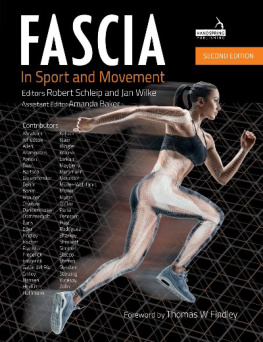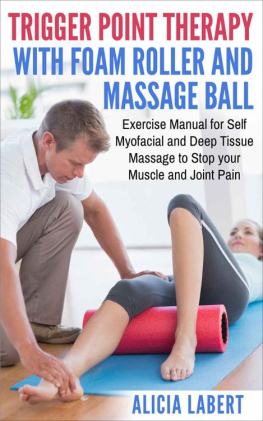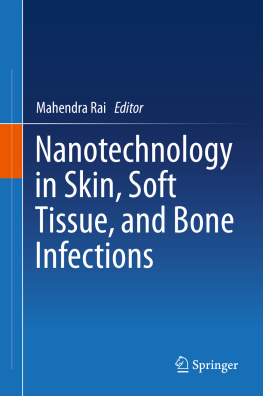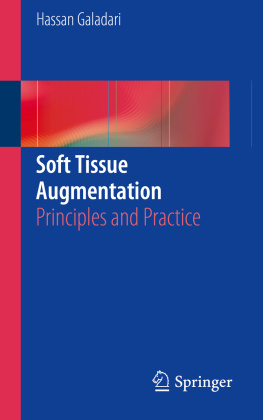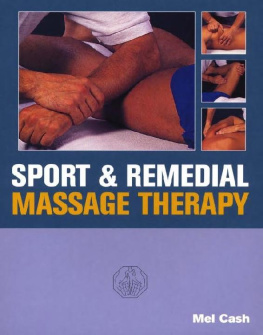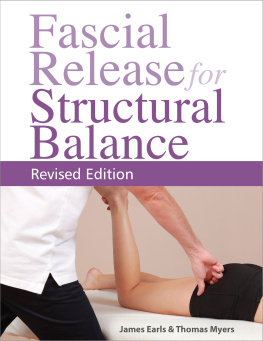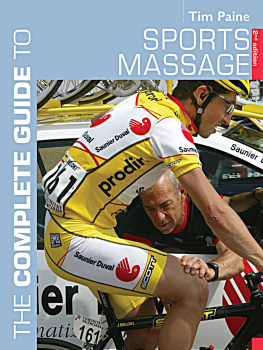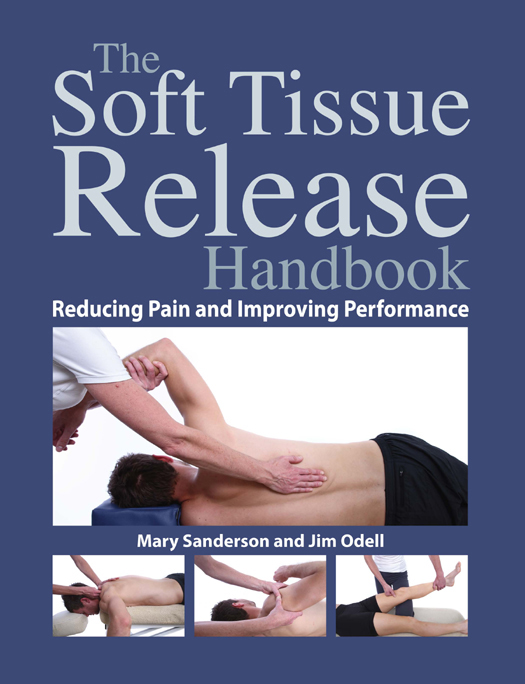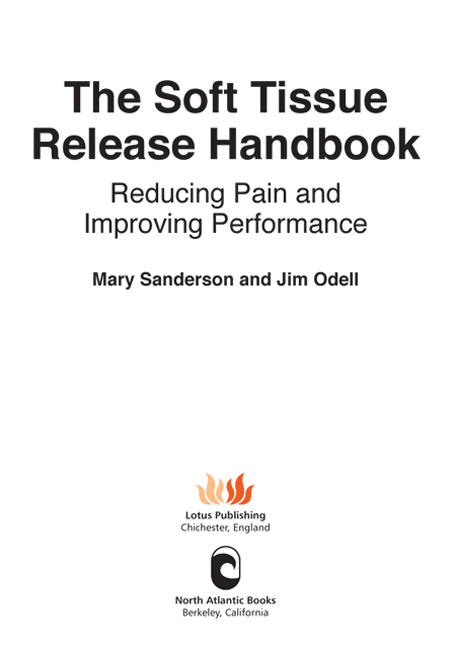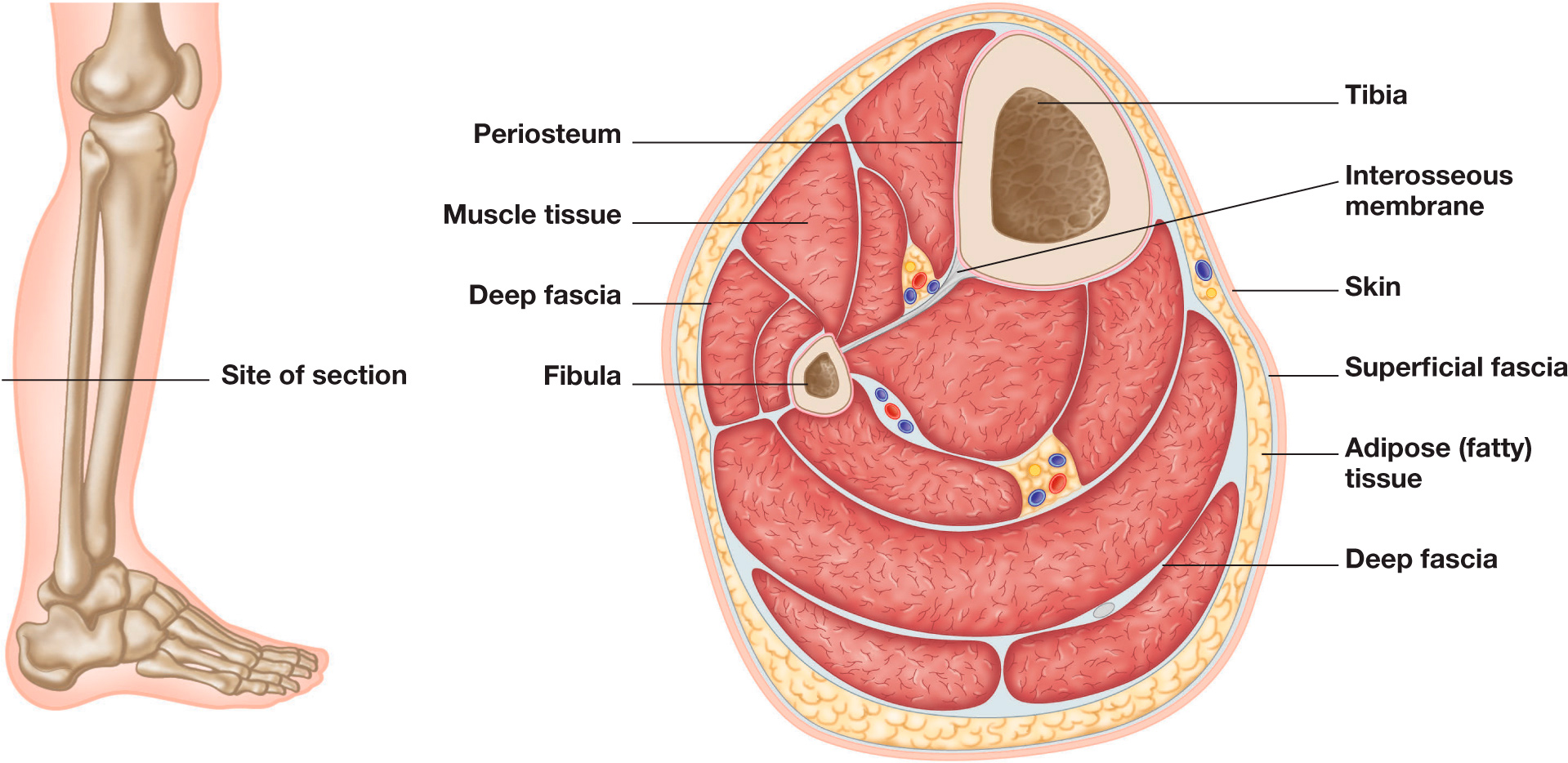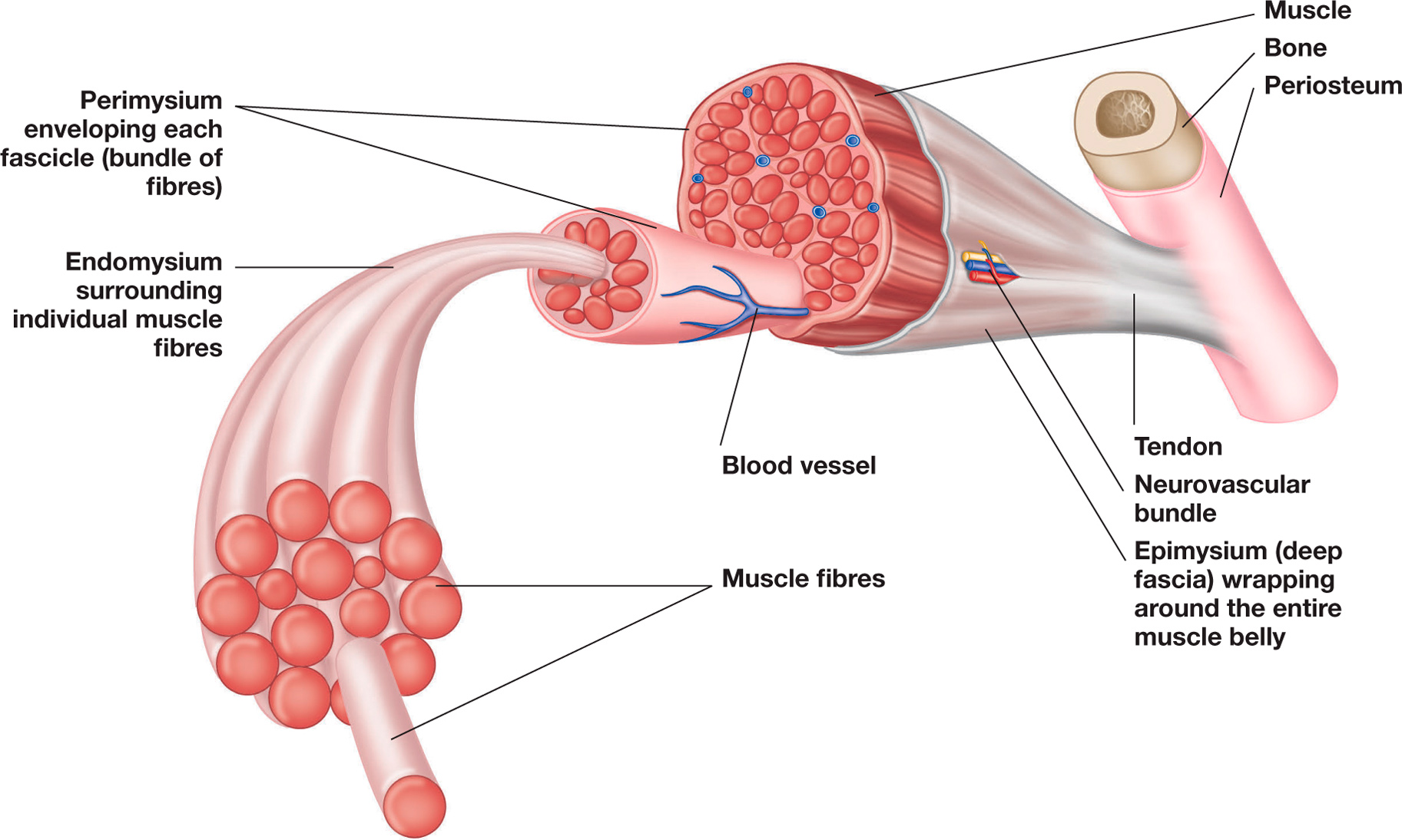Ebook ISBN: 978-1-58394-670-1
Copyright 2012, 2013 by Mary Sanderson and Jim Odell. All rights reserved. No portion of this book, except for brief review, may be reproduced, stored in a retrieval system, or transmitted in any form or by any means electronic, mechanical, photocopying, recording, or otherwise without the written permission of the publisher. For information, contact Lotus Publishing or North Atlantic Books.
First published in 2012 by
Lotus Publishing
Apple Tree Cottage, Inlands Road, Nutbourne, Chichester, PO18 8RJ.
US co-edition published in 2013 by
North Atlantic Books
P.O. Box 12327
Berkeley, California 94712
Illustrations Amanda Williams
Photographs Rufus Crosby
Text and Cover Design Wendy Craig
Printed and Bound in the UK by Bell & Bain Limited
The Soft Tissue Release Handbook: Reducing Pain and Improving Performance is sponsored by the Society for the Study of Native Arts and Sciences, a nonprofit educational corporation whose goals are to develop an educational and cross-cultural perspective linking various scientific, social, and artistic fields; to nurture a holistic view of arts, sciences, humanities, and healing; and to publish and distribute literature on the relationship of mind, body, and nature.
British Library Cataloguing-in-Publication Data
A CIP record for this book is available from the British Library
ISBN 978 1 905367 22 1 (Lotus Publishing)
ISBN 978 1 58394 669 5 (North Atlantic Books)
The Library of Congress has cataloged the printed edition as follows:
Sanderson, Mary, author.
The soft tissue release handbook : reducing pain and improving performance / Mary Sanderson and Jim Odell.
p.; cm.
Includes bibliographical references and index.
Summary: Designed for bodywork practitioners using manual therapy, including chiropractors, physical therapists, osteopaths, massage therapists, orthopedic nurses and doctors, and students of sports science--Provided by publisher.
ISBN 978-1-58394-669-5
I. Odell, Jim, 1960- author. II. Title.
[DNLM: 1. Massage--methods--Handbooks. 2. Athletic Injuries--therapy--Handbooks. 3. Pain Management--methods--Handbooks. 4. Soft Tissue Injuries--therapy--Handbooks. WB 39]
615.822--dc23
2012050160
v3.1
Contents
Introduction
Soft tissue release (STR) is fast becoming a more and more popular massage technique, with practitioners from different spheres realising its benefits. This workbook has been inspired by many years of teaching and treating, with positive feedback from students in massage and clients on the plinth!
Case studies have shown that STR helps many common chronic conditions such as shoulder impingement, iliotibial band (ITB) friction syndrome and lateral epicondylitis. Experienced practitioners have found that skilled release of the soft tissues has reduced the need for adjustments or joint mobilisations because appropriate release improves joint movement. Freeing the joints and enhancing the health of the soft tissues also facilitate a superior and lasting response to rehabilitation programmes.
This book is aimed at anyone who wants to address the soft tissues precisely and effectively, whether as an adjunct to existing bodywork techniques or as a treatment modality in itself.
The book covers:
Descriptions of normal movements in specific areas of the body
Discussions of problems caused by soft tissue restrictions in these areas
Demonstrations of how STR can be used to restore pain-free normal movement
The Role of Soft Tissue in Movement Restrictions and Pain
The soft tissues consist of muscle fibres, myofascia, tendons and ligaments. Each muscle fibre, each bundle of muscle fibres (or fascicule) and each muscle belly is encased in fascia, known as the endomysium, the perimysium and the epimysium respectively. This myofascia extends from the muscle to form the tendon, which melds into the periosteum of the bone to form a strong attachment.
Figure 1: Cross section of skeletal muscle.
Figure 2: Layering of muscle and fascia.
Experienced body workers become fascinated with the all-encompassing nature of the fascia, this enveloping and supportive tissue where chronic injury resides. As our knowledge of the soft tissues increases, it becomes more apparent how inappropriate it is to try to separate out specific soft tissue structures and how essential it is to look at them as different forms of connective tissue with muscles embedded in them. Treatment of the soft tissues continues to gain momentum, and there are many exciting and interesting research developments that demonstrate how skilled manipulation of these tissues can have profound effects on the structure and function of the musculoskeletal system.
The Mechanism of Soft Tissue Injury
Within 20 minutes following a tissue tear, the repair process is initiated with inflammation. Muscle injury can be shearing, in which the connective tissue framework as well as the myofibres is torn, or it can be an in situ injury, where only the myofibres are torn. Inflammation is a positive and necessary phase which first protects the healing wound from infection and then starts the repair process. During the repair process the gluing together is initiated: a blood clot and local cells bind to each other, and collagen fibres are laid down in a criss-cross mesh over the reticular fibres. However, this adhesion is not very strong and can easily be re-torn.
As the inflammation settles, after about two days (depending on the severity of the tear), fibroblastic activity commences. The migrating fibroblasts produce the collagen fibres, which are laid down along the lines of stress to bind and repair the wound; new capillaries, essential for getting oxygen to the regenerating tissue, are also formed from the undamaged vessels. Regeneration of intramuscular nerves also occurs. Neuromuscular junctions are resistant structures and the repairing axons join on to them. As collagen is made, so it is broken down as the remodelling process allows for the maturation of the regenerated tissue and contraction and re-absorption of the scarring. In muscle tissue it is the satellite cells that become activated by the necrosis of the myofibres, which proliferate and form into myotubes that then develop into myofibres. A balance between regeneration of new tissue and formation of scar tissue is necessary for optimal healing.
Tears in ligamentous tissue are referred to as sprains, whereas tears in muscle tissue are referred to as strains, contusions or lacerations. Practitioners often grade them according to the degree of damage and how many fibres seem to have been torn. Complete rupture will need surgical repair. Shearing muscle injuries result in severe bleeding: an intramuscular haematoma is where the bleeding is contained within the myofascia; an intermuscular haematoma is where the myofascia is torn and the blood spreads.


